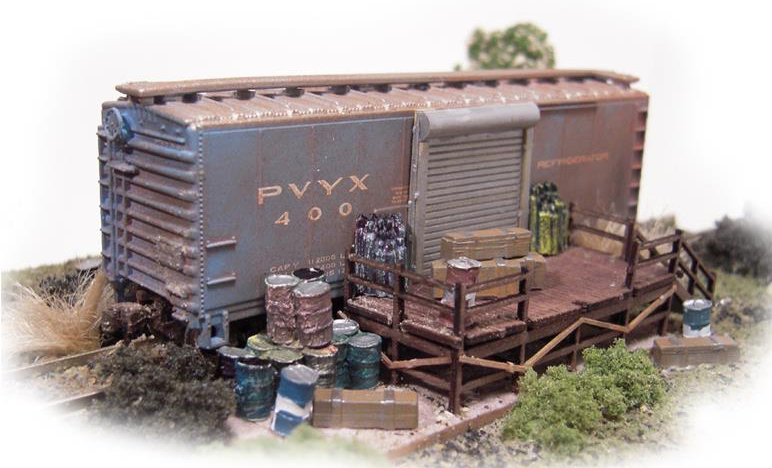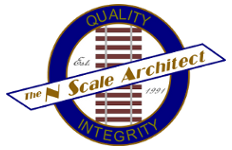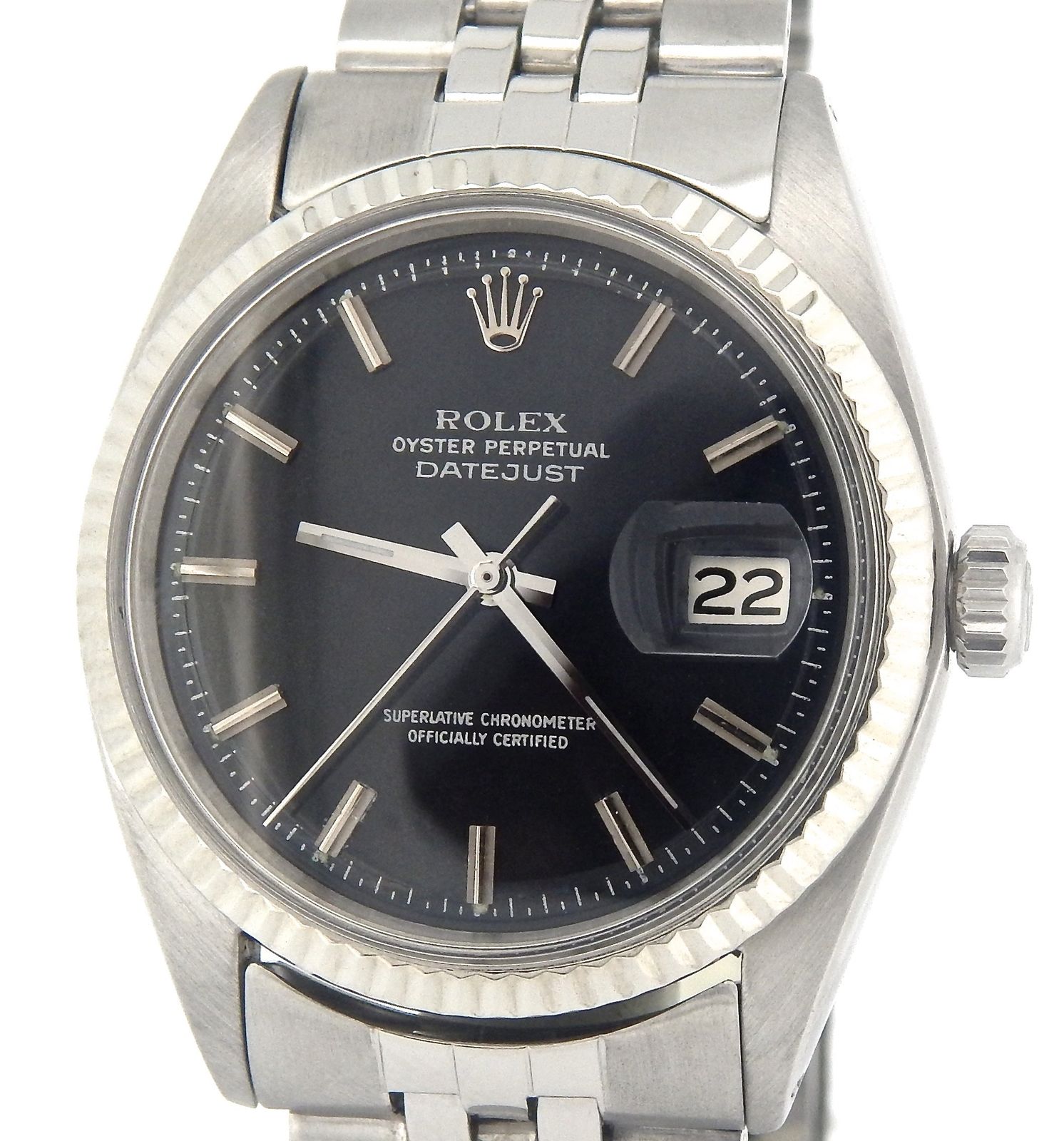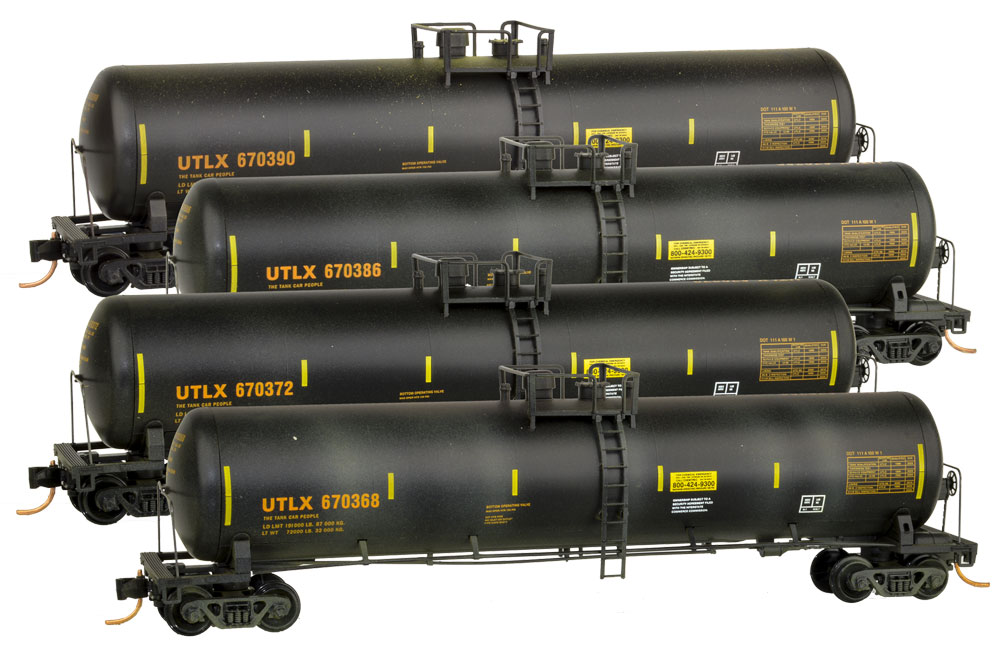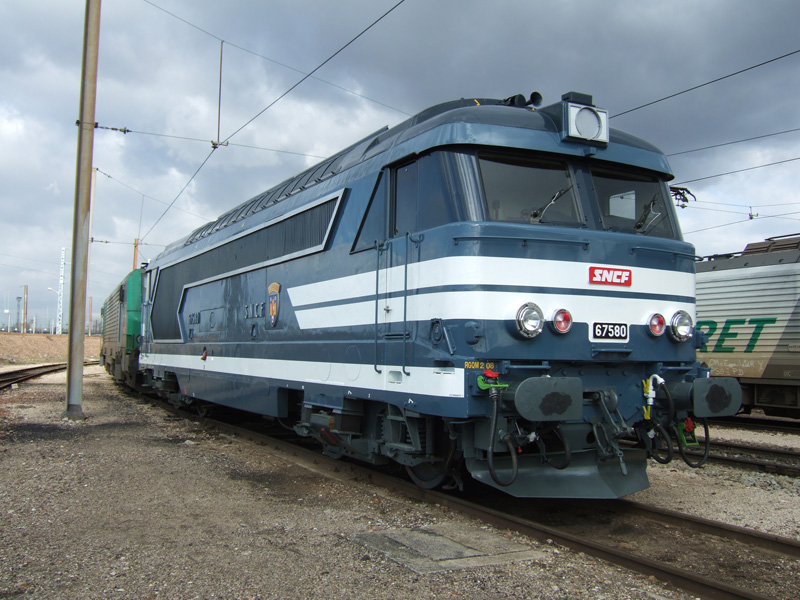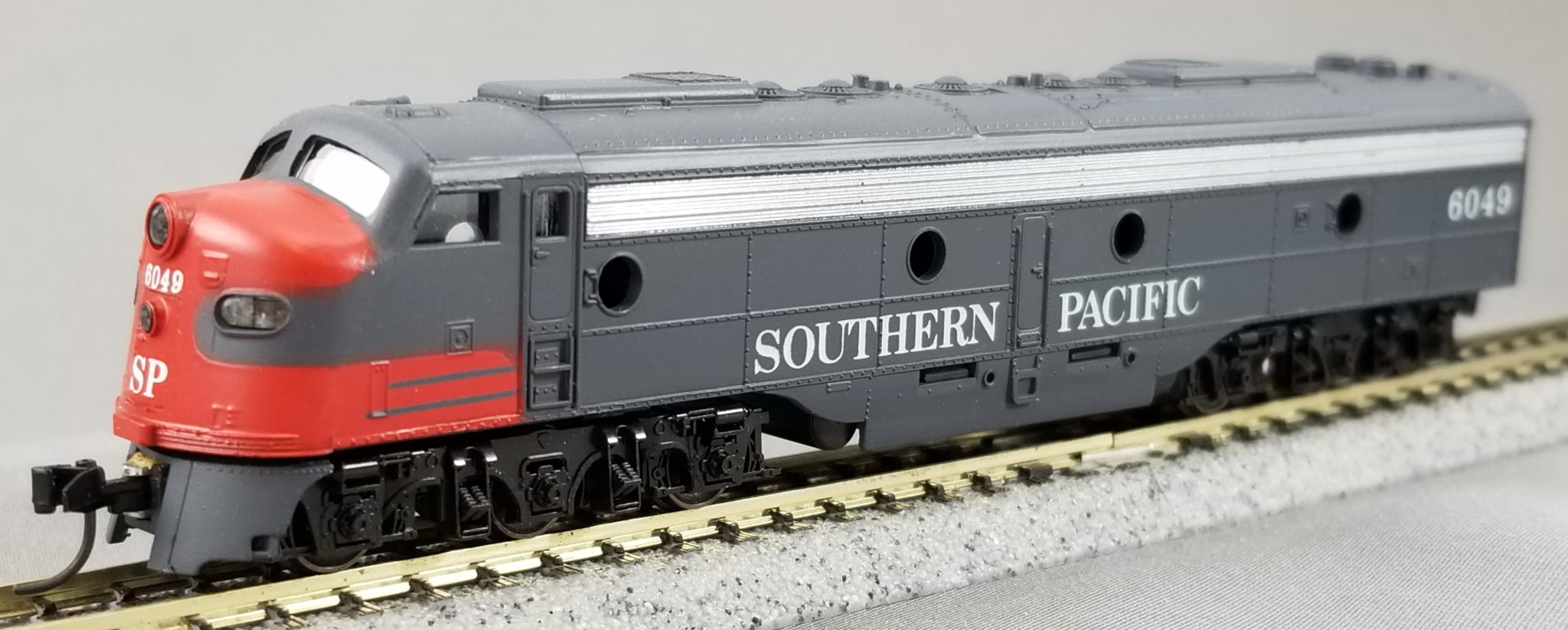N Scale Architect - 10034 - Structure, Building, Railroad, Box Car Storage - Railroad Structures
| Stock Number | 10034 |
| Original Retail Price | $45.95 |
| Brand | N Scale Architect |
| Manufacturer | N Scale Architect |
| Body Style | N Scale Architect Structures |
| Image Provider's Website | Link |
| Prototype | Structure, Building, Railroad, Box Car Storage |
| Road or Company Name | Railroad Structures (Details) |
| Reporting Marks | Box Car Storage |
| Ready-to-Run | No |
| Kit Complexity | Moderate Skills |
| Kit Material(s) | Laser-Cut Wood |
| Item Category | Structures |
| Model Type | Buildings |
| Model Subtype | Railroad |
| Model Variety | Box Car Storage |
Specific Item Information:
Boxcars have been re-purposed for use as storage units almost as long as railroads have existed in the United States (see prototype photo). This ‘Box Car Storage’ kit includes a re-purposed boxcar w/trucks & couplers, loading platform & stairway, two(2) overhead doors, a personnel door and all the detailing parts shown. This kit includes enough parts to build two(2) more storage units using modeler supplied boxcars (see diagram). The completed model show measures approximately 4.0"L x 2.0"W. See accompanying diagram for basic layout and dimensions.
Road Name History:
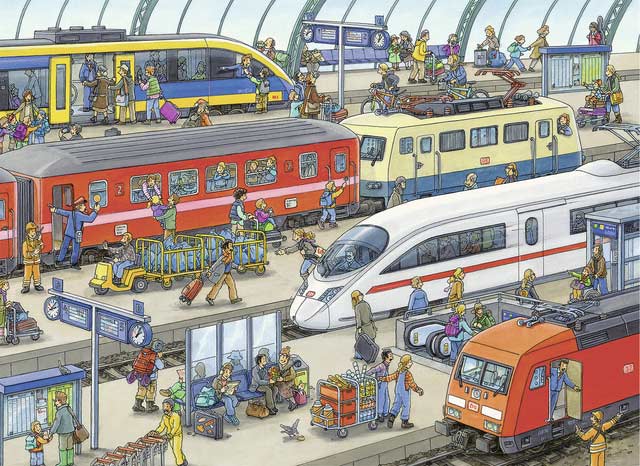 Railroad structures include but are not limited to stations, depots, yard offices, interlocking towers and tanks. A train station, railway station, railroad station, or depot is a railway facility where trains regularly stop to load or unload passengers or freight.
Railroad structures include but are not limited to stations, depots, yard offices, interlocking towers and tanks. A train station, railway station, railroad station, or depot is a railway facility where trains regularly stop to load or unload passengers or freight.
It generally consists of at least one track-side platform and a station building (depot) providing such ancillary services as ticket sales and waiting rooms. If a station is on a single-track line, it often has a passing loop to facilitate traffic movements. The smallest stations are most often referred to as "stops" or, in some parts of the world, as "halts" (flag stops). Stations may be at ground level, underground, or elevated. Connections may be available to intersecting rail lines or other transport modes such as buses, trams or other rapid transit systems.
From Wikipedia

It generally consists of at least one track-side platform and a station building (depot) providing such ancillary services as ticket sales and waiting rooms. If a station is on a single-track line, it often has a passing loop to facilitate traffic movements. The smallest stations are most often referred to as "stops" or, in some parts of the world, as "halts" (flag stops). Stations may be at ground level, underground, or elevated. Connections may be available to intersecting rail lines or other transport modes such as buses, trams or other rapid transit systems.
From Wikipedia
Brand/Importer Information:
The N Scale Architect was founded in 1991 by Russ Kaufman who has been active in model railroading since the early 1970s. Although many model railroaders received a Lionel Train as their first train set, Russ and his brother Bill were bitten by the model railroad bug in the form of an Aurora N-Scale set.
Russ started The N Scale Architect based on the encouragement of fellow modelers who thought that the plans he had drawn up for scratch building over the years might be enjoyed by others in kit form. The first kits featured detailed step-by-step instructions with hand drawn illustrations and plastic templates to be used for cutting the various pieces. This tradition of high quality instructions continues with the addition of "in-process" and color photos and, thanks to better computer aided programs, more detailed drawings. These templates have been replaced with laser-cut micro-plywood pieces along with the addition of many detailing castings which are now also available separately as part of their "Making A Scene" product line.
Russ started The N Scale Architect based on the encouragement of fellow modelers who thought that the plans he had drawn up for scratch building over the years might be enjoyed by others in kit form. The first kits featured detailed step-by-step instructions with hand drawn illustrations and plastic templates to be used for cutting the various pieces. This tradition of high quality instructions continues with the addition of "in-process" and color photos and, thanks to better computer aided programs, more detailed drawings. These templates have been replaced with laser-cut micro-plywood pieces along with the addition of many detailing castings which are now also available separately as part of their "Making A Scene" product line.
Item created by: CNW400
on 2021-01-15 09:44:27
Last edited by: CNW400 on 2021-01-15 09:44:28
If you see errors or missing data in this entry, please feel free to log in and edit it. Anyone with a Gmail account can log in instantly.
Last edited by: CNW400 on 2021-01-15 09:44:28
If you see errors or missing data in this entry, please feel free to log in and edit it. Anyone with a Gmail account can log in instantly.


